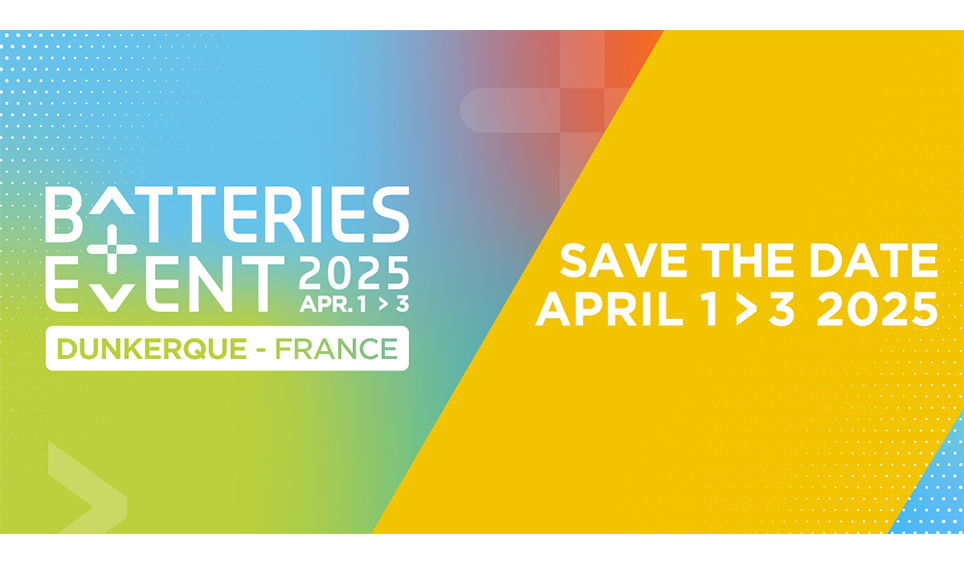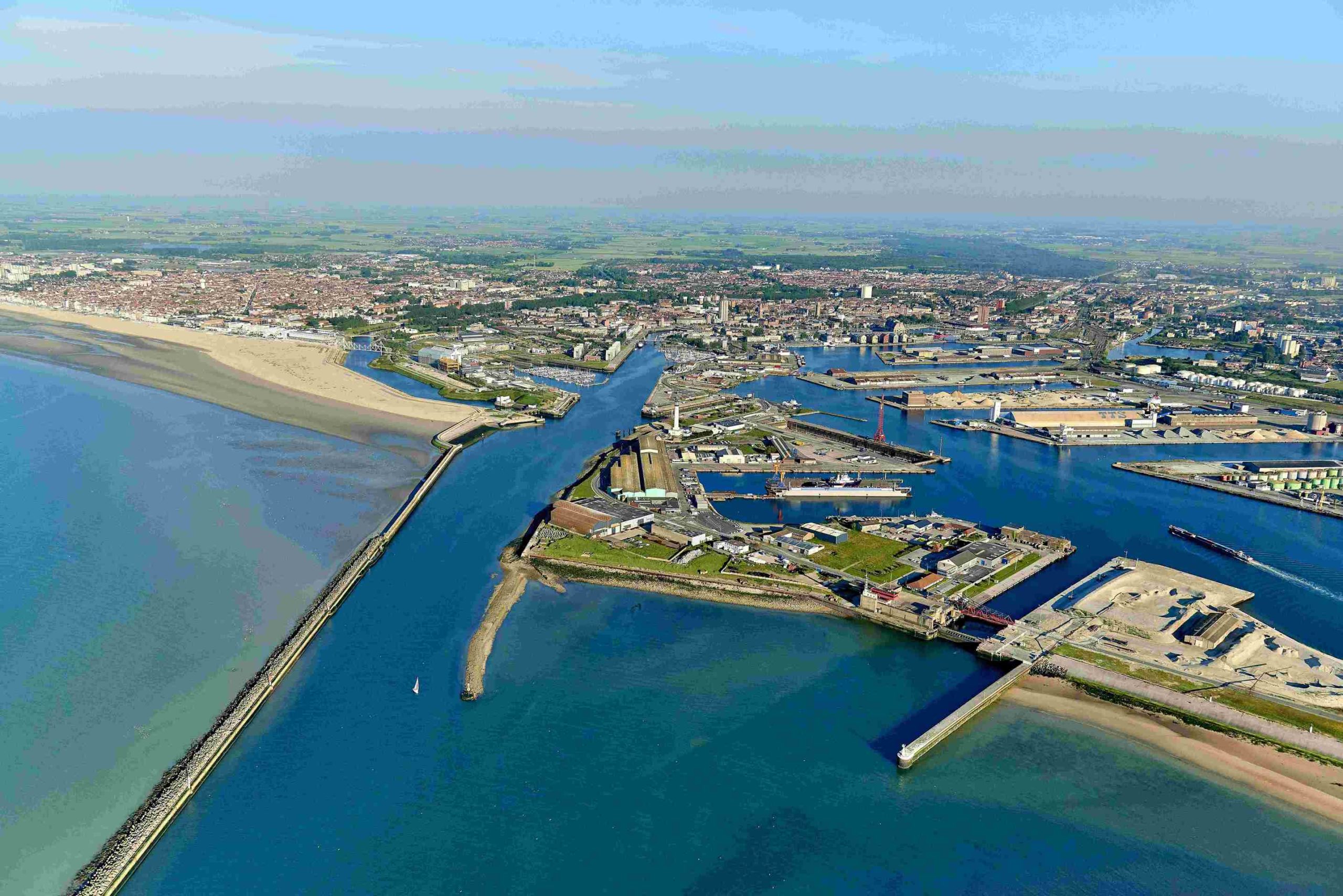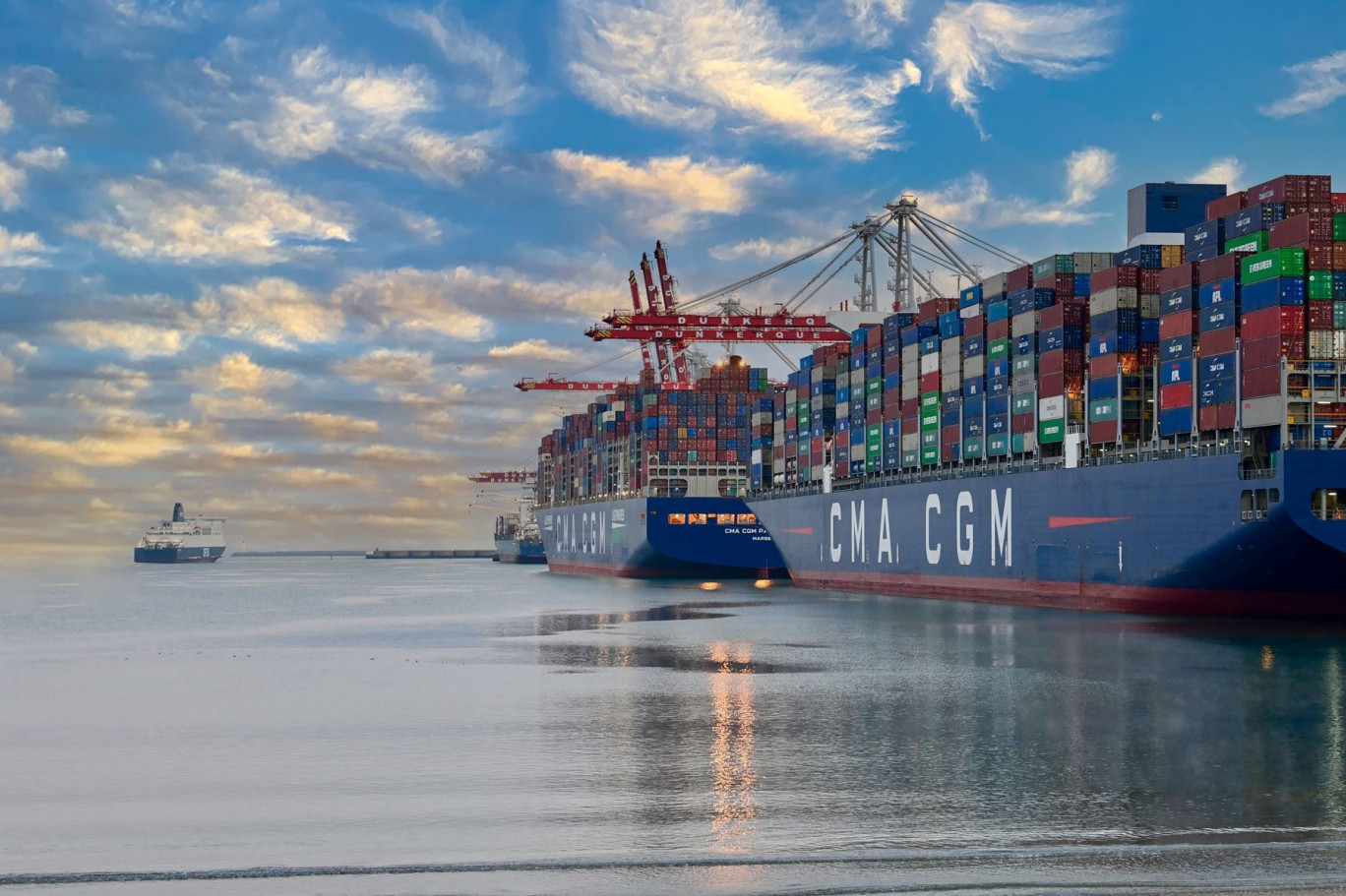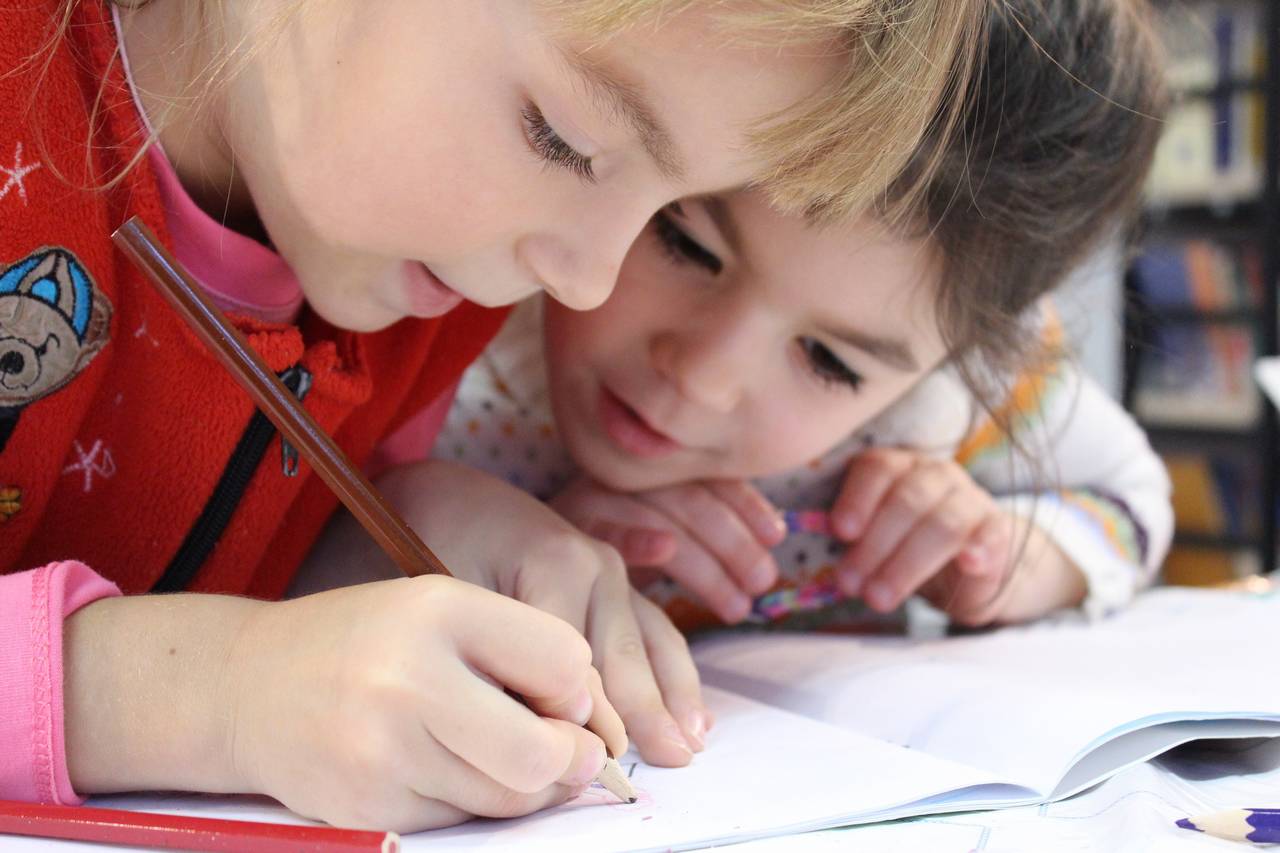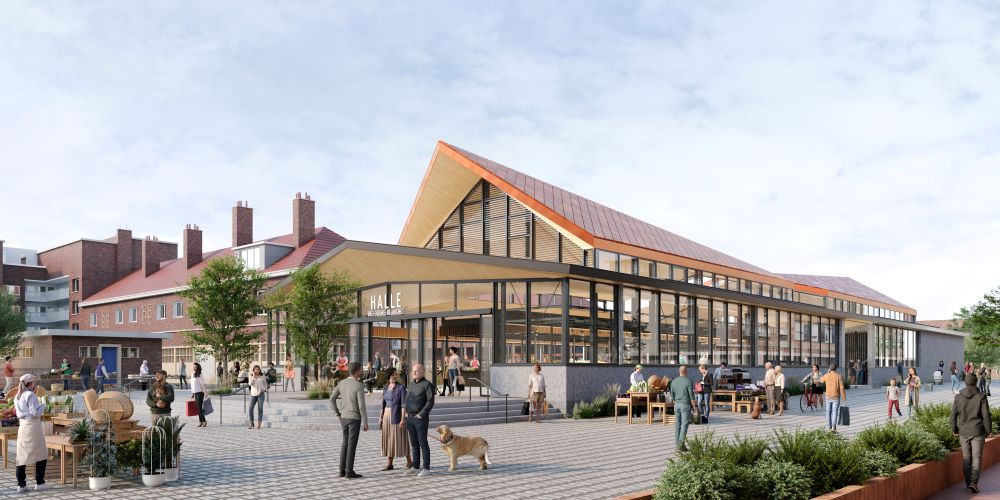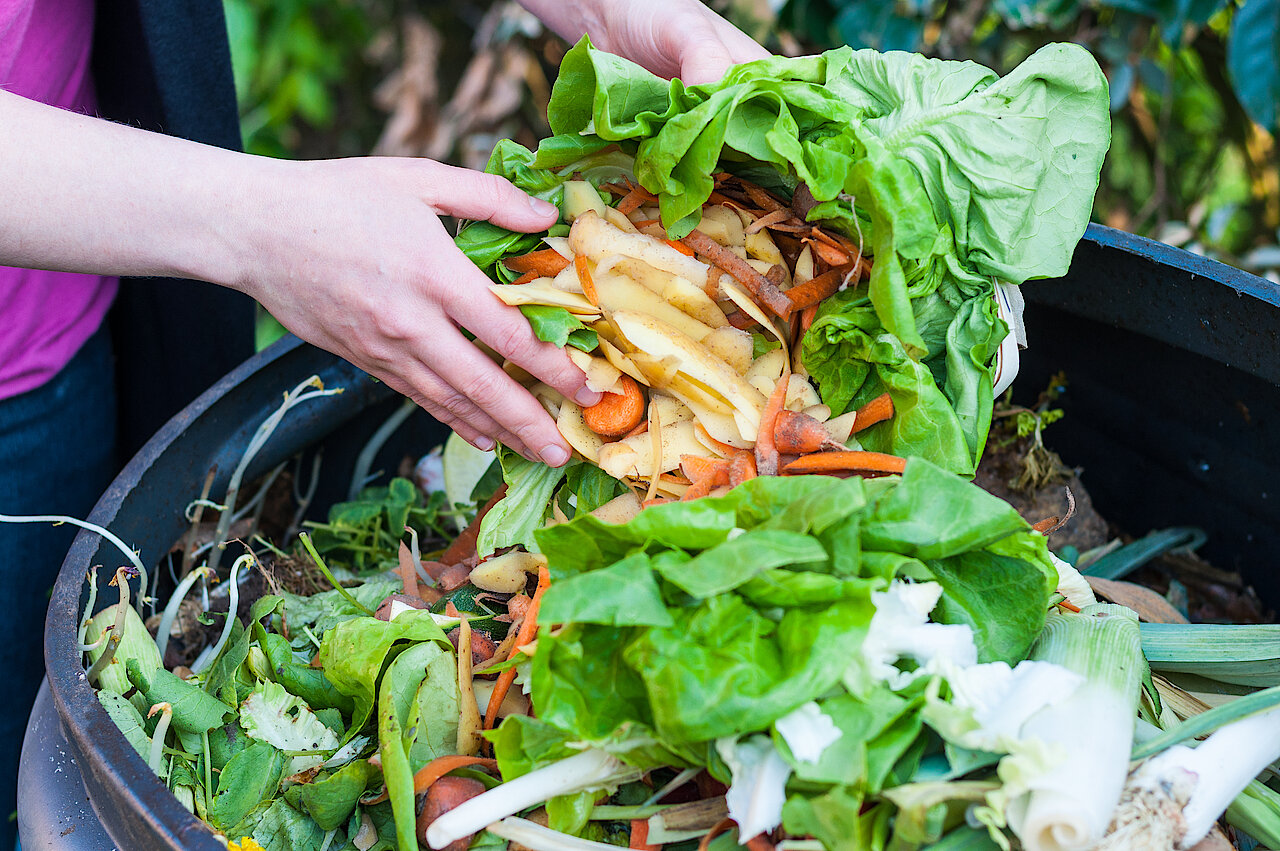WHO IS FINANCING DECARBONISATION PROJECTS ?
- The European Union has launched The Just Transition Fund consisting of 40 billion euros to help the European regions that are most dependent on coal and fossil fuels with a successful transition, a fund for which the Hauts-de-France region has been selected.
- In its economic recovery plan “France Relance”, the French government has earmarked an envelope of 30 billion euros for the ecological transition, including €1.2 billion to support investments by industries to reduce CO2 emissions and €2 billion for the development of decarbonised hydrogen.
- The Hauts-de-France region is supporting the national recovery plan with complementary funding of 1.3 billion euros, focussing on five areas including sustainable development and reinforcing the dynamics of the Third Industrial Revolution (Rev3).
- REV3 CAPITAL : With an investment capacity of €40 m, REV3 CAPITAL is investing equity in regional companies that support development projects as part of the 3rd Industrial Revolution (circular economy, energy efficiency, low carbon economy, etc).
– SMEs, intermediate-sized enterprises, largecompanies, subsidiary of a large group or projectcompany.
– Investment amount between €0.5 and 4 m – Long-termcompany support (7 to 9 years).
– Provision, under certain conditions, of an envelopeof subsidies from European Regional Development Fund (FEDER), to enable project leaders to adopt new models specific to the 3rd Industrial Revolution. - The Greater Dunkirk Urban Council is able to offer financial support to local industrialists committed to investment projects for the roll-out of a low carbon strategy or the use of decarbonised hydrogen.
- As part of the territory’s “Dunkirk, Creative Energy” project selected by the State during the “Innovative Territories” call for expression of interest of the Future Investments Programme (PIA), the Dunkirk area was granted an envelope of 37.5 million euros to accelerate the transition of the industrial and port platform.
- The Fund for Innovation and Growth aims to improve SME’s access to funding and support the territory’s companies with their development and innovation projects. This support takes the form of 0 % reimbursable advances providing immediate additional cash flow to the company.
Because the roll-out of infrastructures for decarbonisation requires extensive public and private investment, the Dunkirk territory’s dynamic must, of course, receive funding in order to invent and implement a model that is replicable in the future:
Dunkirk wants to be the first competitive carbon-neutral industrial and port platform.
1,5 to 3 billion Euros will be required for decarbonising Dunkirk’s port and industrial platformbetween 2021 and 2030.
CIRCULAR ECONOMY, AN ESSENTIAL COMPONENT IN DECARBONISATION
In Dunkirk, the circular economy for waste and energy has been a reality for some years.
Examples: Ecocem recovers slag from ArcelorMittal; Aquanord and Dunkirk LNG receive the hot water from the nuclear plant; the heat network helps to warm over 16,000 homes thanks to the calories produced by local industries; and the DK6 combined cycle power plant recovers blast furnace and coke oven gas.
Established by the AGUR, the development tools (so-called Toiles Industrielles) helped to identify opportunities to be seized to develop the circular economy in the local area and to provide a comprehensive overview of the co-products, energies and utilities to be recovered.
Dunkirk is also the first demonstrator territory for the Epiflex methodology.
Developed through R&D carried out by EDF and Mines ParisTech Engineering School, the Epiflex methodology helps to design industrial eco parks that enhance the
flows of materials and energy in a territory by setting up exchange networks and innovative technologies. Applied in partnership with numerous industrial and institutional stakeholders, Epiflex will soon be extended to industrial water (The aim is to use the water discharged by a neighbouring industrialist rather than drawing on the industrial water network).



